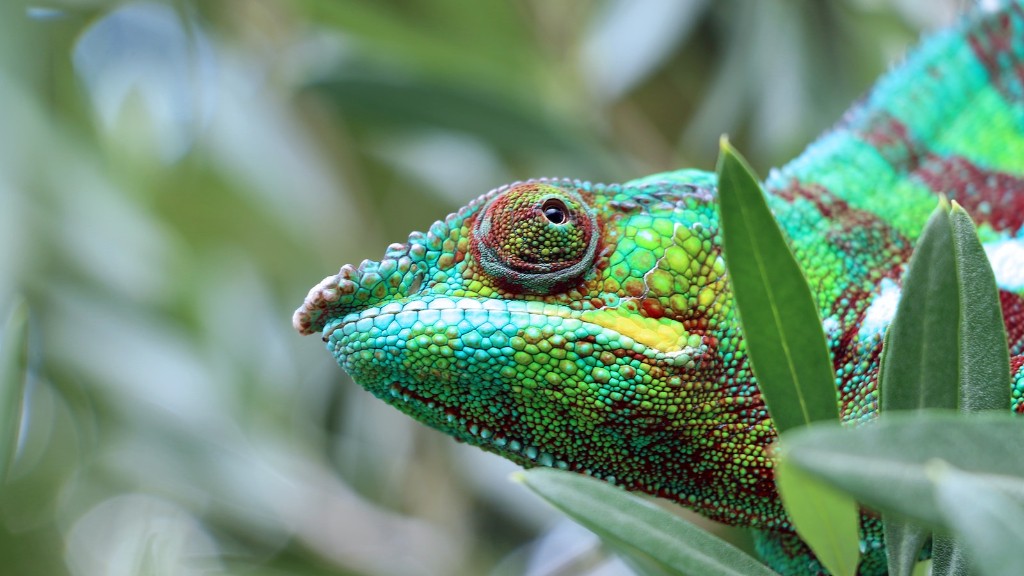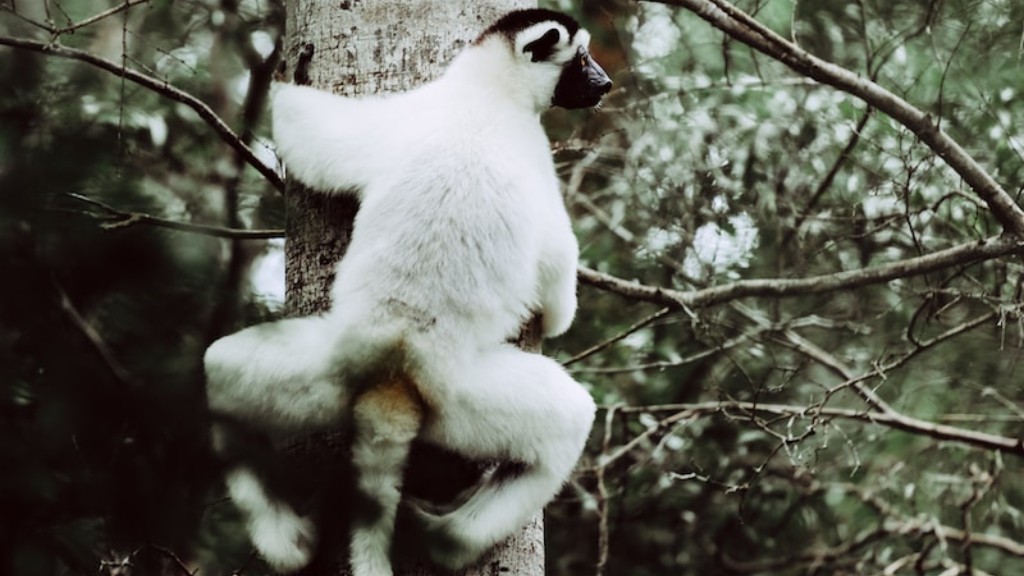Steps Madagascar Has Taken to Protect the Hotspot
Madagascar, the world’s fourth-largest island, is renowned for its extraordinary biodiversity and unique ecosystems. As one of the world’s 36 biodiversity hotspots, it faces numerous threats, including deforestation, habitat loss, climate change, and poaching. To combat these challenges and preserve its natural treasures, Madagascar has implemented several initiatives and measures.
1. Strengthening Protected Area Network
Madagascar has significantly expanded its protected area network to safeguard its hotspots. With the support of international organizations and funding from various sources, the country has established over 100 protected areas, covering approximately 6 million hectares. These protected areas play a crucial role in conserving endangered species, reducing deforestation, and maintaining ecosystem balance.
2. Community-Based Conservation
Recognizing the importance of involving local communities in conservation efforts, Madagascar has implemented community-based conservation initiatives. These initiatives empower communities to manage and protect their natural resources sustainably. By giving local people a stake in the conservation process, this approach not only helps protect the hotspot but also generates income, improves livelihoods, and promotes sustainable development.
3. Combating Illegal Logging and Trade
Madagascar has taken steps to combat illegal logging and the trade of endangered species. The government has increased enforcement efforts to crack down on illegal logging operations and the smuggling of valuable timber species, such as rosewood. Furthermore, collaborating with international organizations, Madagascar has improved its network for monitoring and controlling the illegal wildlife trade, aiming to protect its unique fauna and flora from exploitation.
4. Climate Change Adaptation
Recognizing the threats posed by climate change, Madagascar has implemented adaptation strategies to protect its hotspot. These strategies include reforestation programs, sustainable land management practices, and the promotion of renewable energy sources. By reducing deforestation and promoting resilience, Madagascar aims to mitigate the impact of climate change on its unique ecosystems.
5. Education and Awareness
Raising public awareness is vital for fostering a culture of conservation. Madagascar has made efforts to educate and engage its population regarding the importance of protecting the hotspot. The government, in collaboration with NGOs and educational institutions, has developed education programs, conducted awareness campaigns, and organized community events. By empowering individuals with knowledge, Madagascar hopes to ensure the sustained protection of its natural heritage.
6. Strengthening International Partnerships
Recognizing the need for collective action in protecting the hotspot, Madagascar has established and strengthened international partnerships. The country actively engages with international organizations, such as Conservation International and the United Nations Environment Programme, to access funding, technical support, and scientific expertise. These partnerships have contributed to the success of conservation projects and helped raise the profile of Madagascar’s unique biodiversity on the global stage.
7. Sustainable Tourism
Madagascar has embraced sustainable tourism as a tool for conservation and socio-economic development. By promoting responsible tourism practices, the country aims to generate income for local communities while minimizing negative impacts on the environment. Sustainable tourism not only contributes to the protection of the hotspot but also provides an opportunity for visitors to appreciate its natural wonders, supporting ongoing conservation efforts.
Additional Sections
8. Promoting Research and Monitoring
Madagascar recognizes the importance of research and monitoring to understand its unique ecosystems better. The country has encouraged scientific research on biodiversity, ecology, and climate change in collaboration with international research institutions. This knowledge is crucial for making informed conservation decisions and planning effective strategies for the long-term protection of the hotspot.
9. Strengthening Law Enforcement
Effective law enforcement is paramount in protecting the hotspot. Madagascar has focused on strengthening its legal framework and enforcement capacity to combat wildlife trafficking, illegal logging, and land encroachment. By improving surveillance, implementing stricter penalties, and enhancing collaboration with law enforcement agencies, the country aims to deter illegal activities and safeguard its natural resources.
10. Promoting Sustainable Agriculture
Unsustainable agricultural practices pose a significant threat to Madagascar’s hotspot. To address this, the country has been promoting sustainable agriculture techniques, such as agroforestry and organic farming. These practices aim to reduce deforestation, enhance soil fertility, and improve crop resilience. By promoting sustainable agriculture, Madagascar aims to protect the hotspot while ensuring food security and sustainable livelihoods for local communities.
11. Enhancing Environmental Governance
Ensuring effective environmental governance is crucial for the long-term protection of the hotspot. Madagascar has implemented measures to strengthen institutions, policies, and regulations related to environmental conservation. By promoting transparency, participation, and accountability, the country aims to enhance the governance framework, enabling sustainable management of its natural resources.



